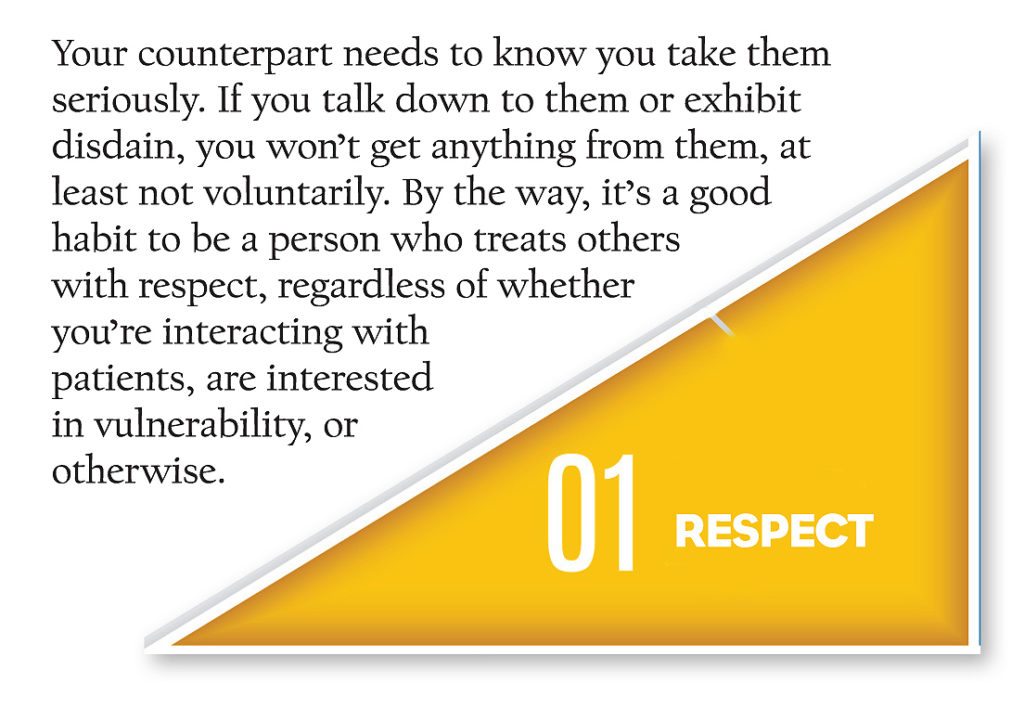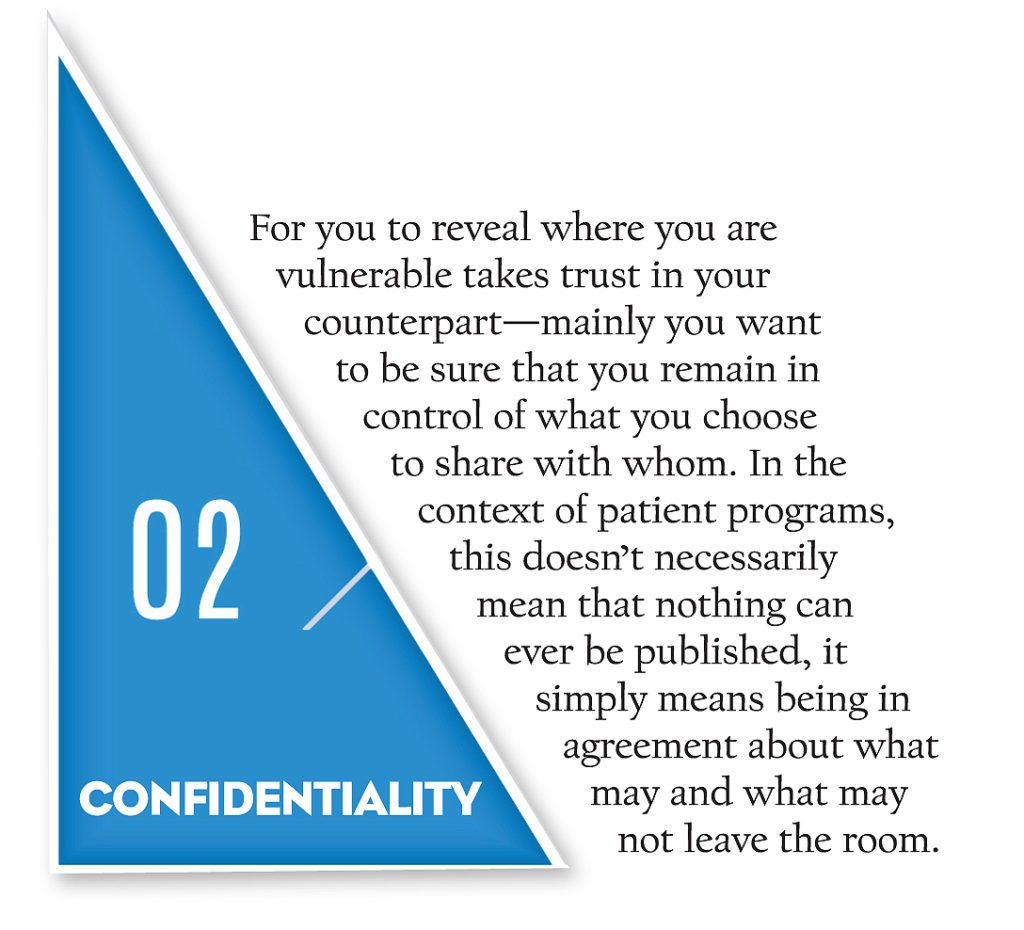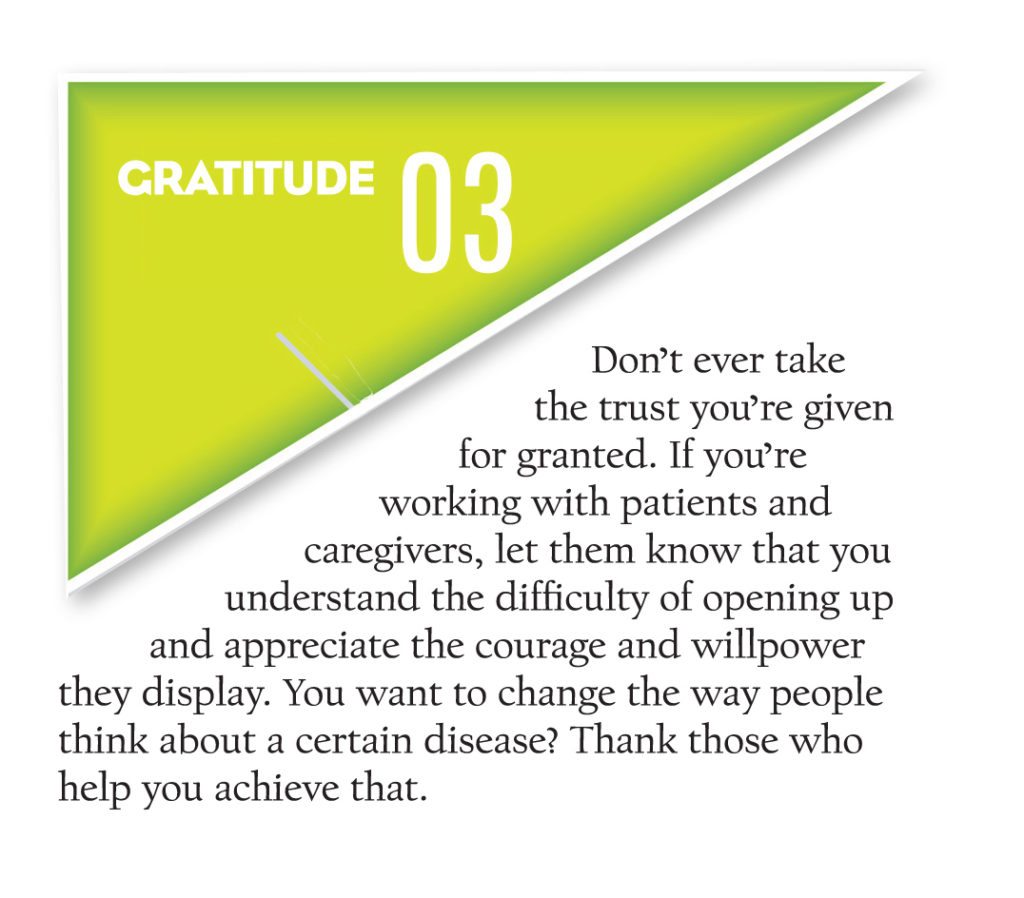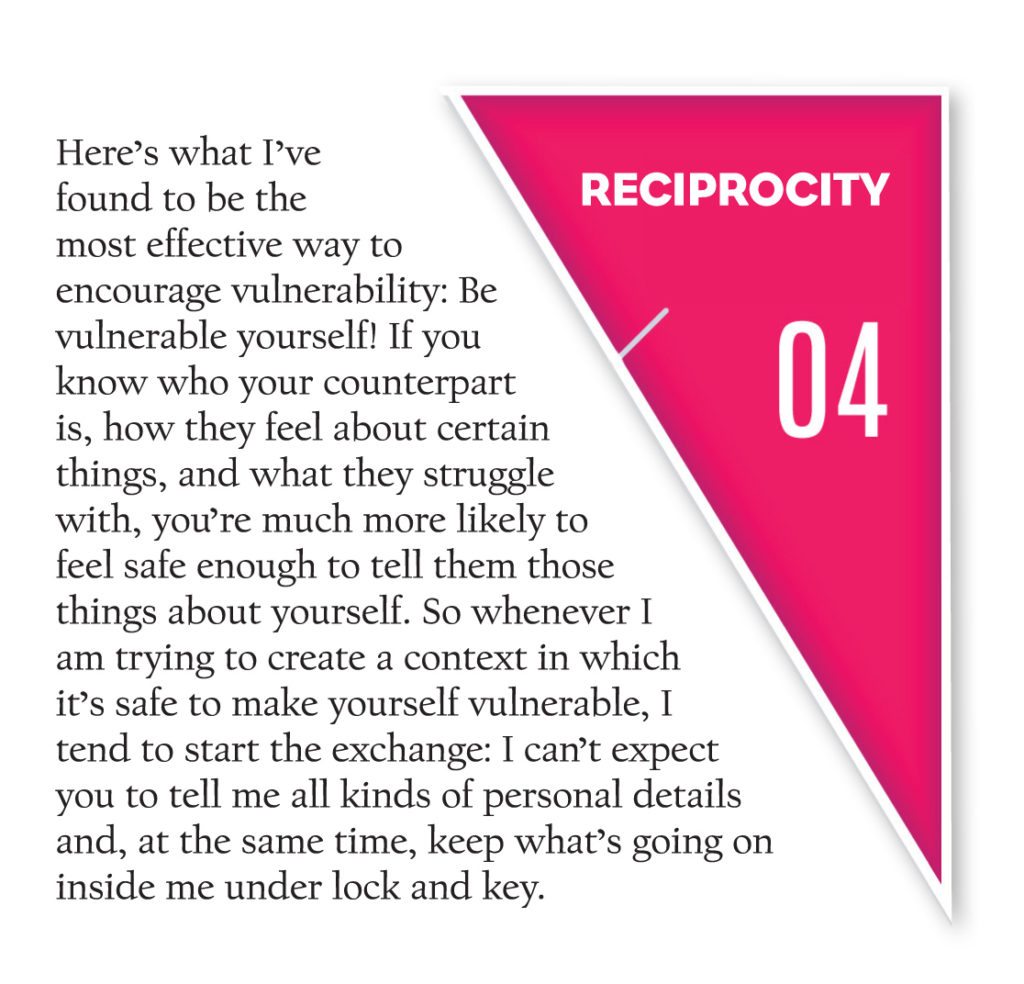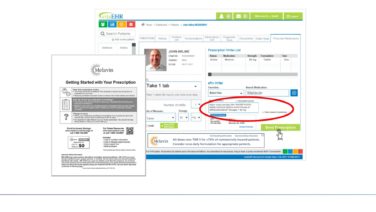So many things that we do or experience in our lives toughen us up. Some of them seem little, like having to force our children to brush their teeth against a kicking and screaming force of resistance. Some of them might be bigger, like having to terminate someone at work. And some are existential, such as experiencing the loss of a loved one or being diagnosed with a life-changing disease. There is nothing wrong with developing a thick skin to function better in the face of the big or the little adversities of life. At the same time, there is a lot wrong with becoming desensitized and trying to turn ourselves into something we’re not: Machines with no humanity.
A mother recently told me her story of caring for a son with a blood disease. She shared how once, when he was little, he had a bad injury and his “best” veins weren’t usable for the injections with critical medication. She described how her and the nurse were holding her son down, while the doctor pricked an extremely sensitive foot vein, the son desperately trying to free himself from their grip and screaming in agony, her tears matching his. The mother obviously was tough and did the right thing, even potentially accepting blame from her son. Yet by sharing this experience with us, she also made herself vulnerable—and she had good reasons to do so.
A Lifetime of Walls, Finally Crumbling
This openness did not come easily to her. At first she thought that her story as a caregiver for a blood disease patient consisted of diagnosis, treatment, and everyday strategies to deal with the challenges of the disease. That’s what counts in our rational, educated minds. “What’s the point of focusing on one particular incident and spelling out the corresponding emotions?” she asked.
The point is, that by going beyond a mere recital of facts and advice, she has become not just relatable to other mom’s going through the same torment, but to all of us as a fellow human being. Through her vulnerability, we allowed her access to our hearts and minds. Thanks to it, we listened to what she had to say about treatment and coping strategies, and she changed the way I now think about the disease. And her openness didn’t just give her audience valuable insights, it also helped her get something off her chest and feel carried, supported, and understood.
If you’ve ever conducted patient engagement programs, you know that the core ingredient of the secret sauce is to help patients and caregivers overcome their apprehension against making themselves vulnerable. It can be scary! We usually consider our vulnerable side private. Most of us have built up a lifetime of walls around us, having been taught that we shouldn’t always just talk about ourselves, and that perceived weakness can be exploited. After all: The risk associated with sharing your innermost feelings is the reason we call it “vulnerability” in the first place. You could conceivably get hurt. There are four catalysts for vulnerability, which can be used to create a safe context in which people are more readily prepared to open up: Respect, confidentiality, gratitude, and reciprocity. So when someone does take a leap of faith and entrusts us with their innermost demons, they know those demons won’t come back to haunt them.
shutterstock.com
Creating a Safe Context
A growing body of literature focuses on the virtues of vulnerability, mainly for leaders who want to make their teams more successful by motivating them with methods far superior to the clichéd “sticks and carrots.” But there is a time and place for everything, including for vulnerability. The art of leadership is to create that safe context in which vulnerability can flourish and people can be open about their thoughts. There will always be enough “vulnerability-free” spaces, in which the four catalysts aren’t present, but whether we’re leaders in any given organization or we want to take patient engagement to the next level, knowing how to create a context conducive to being vulnerable in is critical.
It is thanks to such contexts that mothers who had to do the right thing by doing what feels wrong know they’re not alone. It is thanks to vulnerability that trust can grow, mistakes can be forgiven, and patient engagement can bring the community and industry together.



